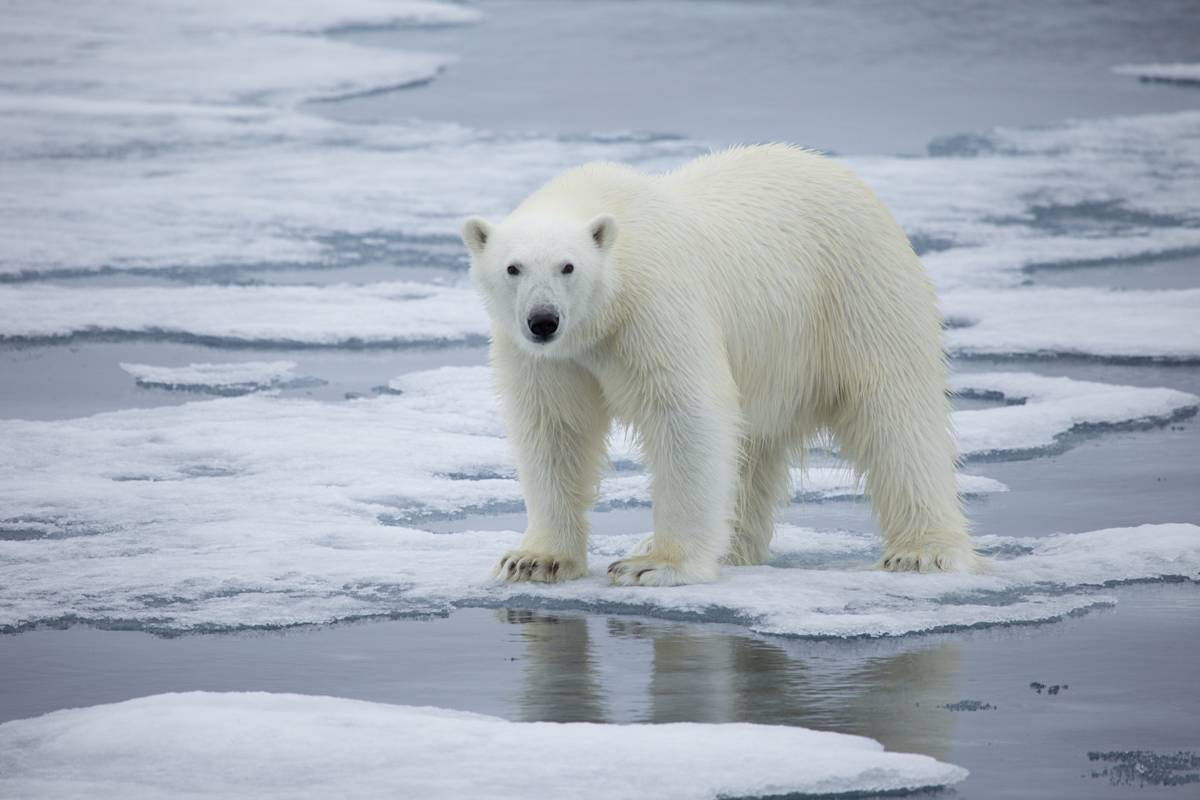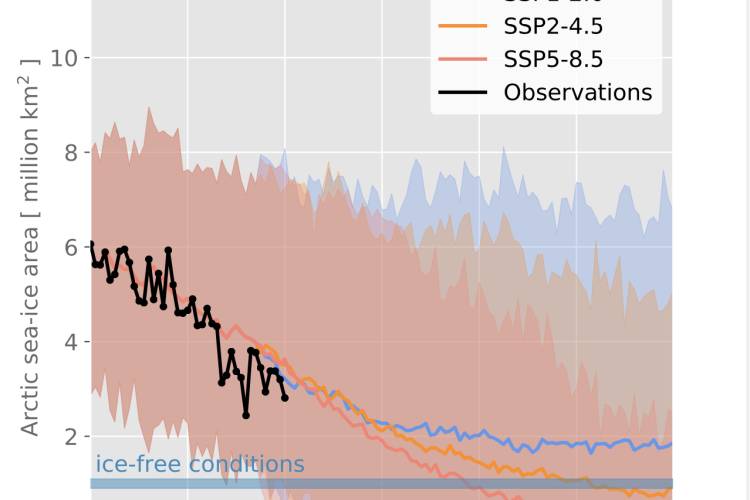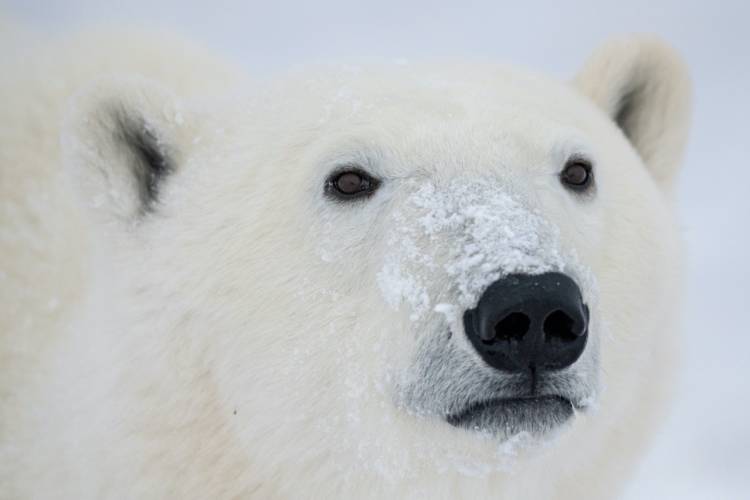You may have heard that Arctic sea ice has been declining since 1979, when satellites first began to monitor the high north. But it would be perfectly fair to ask: What will Arctic sea ice look like in the future?
Scientists agree that Arctic sea ice will continue to decline over the 21st century. But by exactly how much? That is less clear. State-of-the-art climate models show a wide variation in the projected decline of Arctic sea ice area over the 21st century. For example, the current generation of climate models suggest the Arctic could be essentially ice-free as early as 2030 or as late as 2100.
Why do these projections differ so much? These differences arise primarily due to how climate models respond to external factors, such as anthropogenic carbon-dioxide emissions. For instance, one of the main reasons projections differ is due to how climate models represent clouds, which have been shown to determine how fast and how much these models warm in response to rising greenhouse-gas concentrations. Climate models also predict different degrees of future Arctic warming due to differences in the amount of heat transported by the ocean.
Despite all of the intricacies of Arctic sea ice, however, one thing is clear: The decline in the areal coverage of Arctic sea ice has occurred in lock-step with Arctic warming (see figure below). Arctic sea ice area has diminished by approximately 50% since 1979 and near-surface air temperatures in the Arctic have risen by more than 2°C, which is nearly three times as fast as the global average. In September 2020, Arctic sea ice area reached its second lowest monthly average on record and Arctic temperatures reached their second highest monthly average on record, bringing us closer to seeing an essentially ice-free Arctic in September.


















